It was just past Christmas this year, and here in the foothills of the northern Sierras we had two back-to-back snowstorms that literally buried us. It’s been a long time since we’ve seen 4-5 feet of snow within three days. Living off the grid at 3400 feet elevation can have its issues when snow like this comes in. The dirt road to here is a half mile long, and it’s narrow, with high dirt banks on the sides. When it snows like this there is no place to put the snow out of the way. This is a private road so the County doesn’t help with plowing. As it was the County took three days just to open the paved road that we connect to. It took us three days with a small dozer just to cover the half mile of road. Trees were down everywhere so there were lots of cutting. Parts of the nearby town of Foresthill were without power for 9 days and so was other small towns close by.
All this means the country above 3000 feet here in the northern Sierras is closed down for prospecting. There is no way to get through the snow and there won’t be now until spring!
Just because we have snow doesn’t mean we’re not going to prospect. We just have to change our direction and head more down towards the flat lands! That’s just what we did this time. There is an area near the town of Cool that has some great history on gold recovery during the gold rush eras. The elevation is well below the snow level so it’s a perfect target for this time of year. We’ve pursued this area some before too, especially in the winter season.

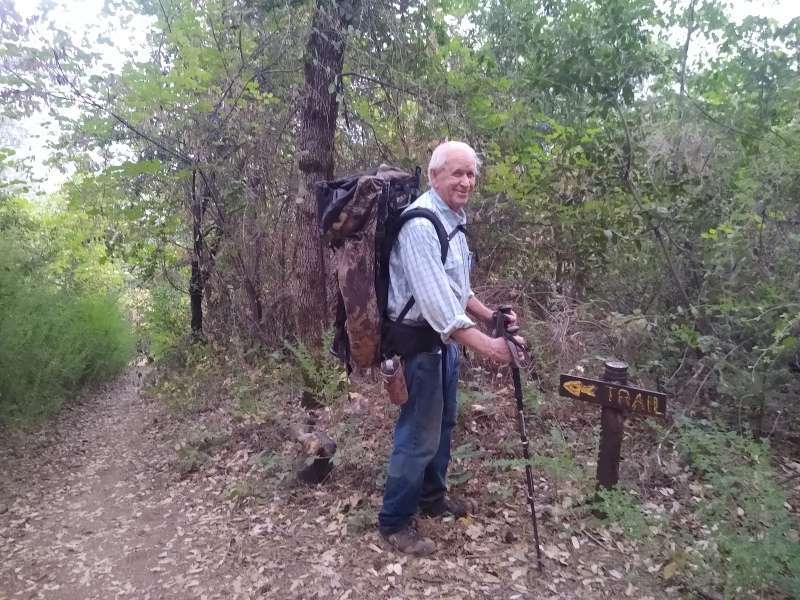

Research shows some amazing finds of large pieces of gold in this territory. The Eldorado County history book of 1883 covers all of the County and one area that we chose to prospect was designated as Hogg’s Diggings. No current map shows this site location but I did find it on an old Eldorado County map so we knew it was for real. The history book stated this was a rich and active mining camp and was named after John Hogg, a native of Tennessee. He found numerous pieces of gold weighing from 40 to 80 ounces each. That’s an amazing number. Was this for real? Then next to Hoggs Diggings the research of the area indicated there was a hard rock mine named the Hunt Mine and adjacent to the Hunt was a mining claim where a nugget of 92 ounces was found. This claim was stated to be ¼ of a mile south of Hogg’s Diggings.
We checked the ownership of the general area and part is owned by the Bureau of Reclamation and they hired the Auburn State Parks to manage some of the territory for them. There is also private land there and some BLM land as well.
Last month four of us went to look for Hogg’s Diggings, the Hunt Mine, and maybe that mining claim territory. Our team was Jim, Jack, Cindy, and me. We parked and started our hiking just past daylight. We wanted all the time we could get. By the end of the day we had covered just over 8 miles! We saw a lot of country.
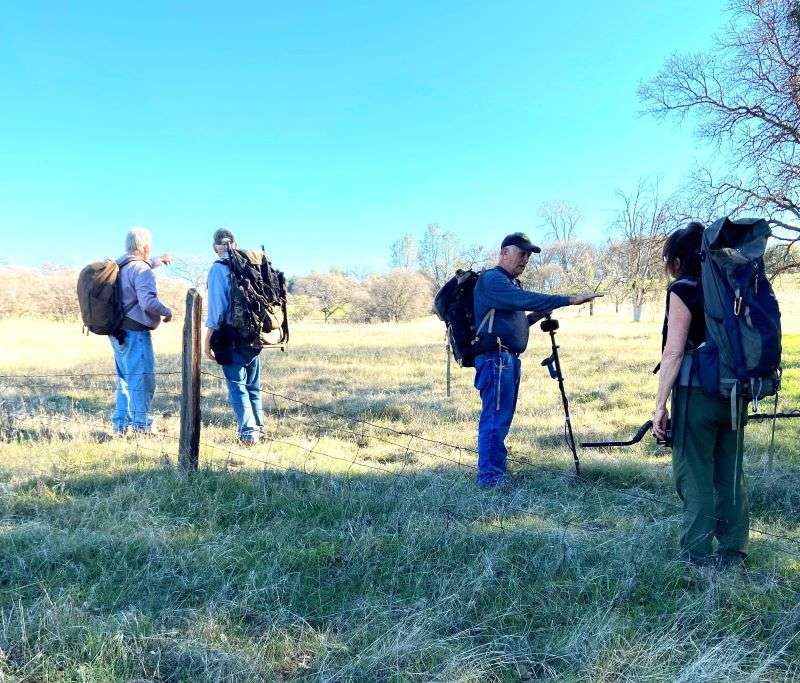
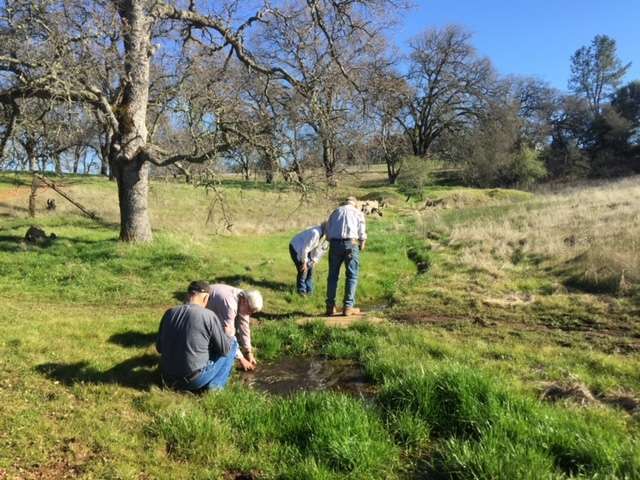
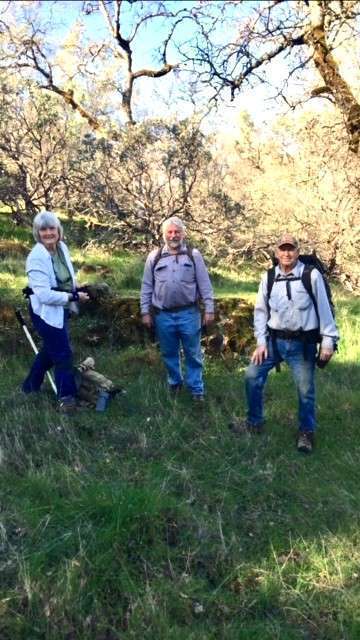
Within two hours we had our first lesson of the day. The territory was basically easy walking so that wasn’t the challenge. We wanted to find the Hunt Mine because we could key off of its location to find Hogg’s Diggings and the adjacent old mining claim. We were on and off trails and the GPS readings for the Hunt Mine led us to a spot where the mine should be. There was nothing but flat land! Now the map and research said there could be a variance of 500 meters from the GPS coordinates provided. Well, we could see 500 meters in every direction and there was absolutely nothing. We tromped that area for over an hour and finally concluded we were not going to find the Hunt Mine on this trip!
I bet most of you, in your prospecting trips, have run across this problem. It’s great to have all these modern tools but they are not perfect, and in this case, maybe just plain wrong. We even searched Google Earth before this trip and that didn’t help us either.
Not finding the Hunt Mine didn’t stop us though. There were some other ‘diggings’ on the maps we had and perhaps these other diggings were really part of what we were after. The old historic maps and books make a distinction between ‘Mines’ and ‘Diggings’. From what we can conclude, ‘diggings’ were surface type work, while ‘mines’ were hard rock or underground placers. We hiked on and found some minor diggings in a ravine close to private property but the diggings were very small and we moved on. By noon we located the remnants of an old hardrock mine called the Lukens Mine. This mine is on current USGS maps. We checked this out for a while. There were basically some piles of rock from where they went down on the vein system. The history shows the mine was productive but relatively small in size. There were some quartz rocks here and there, but they looked more like bull quartz that rock that might be carrying gold. There was not any mineralization in the rock although that’s not necessary. It’s simply an indicator.

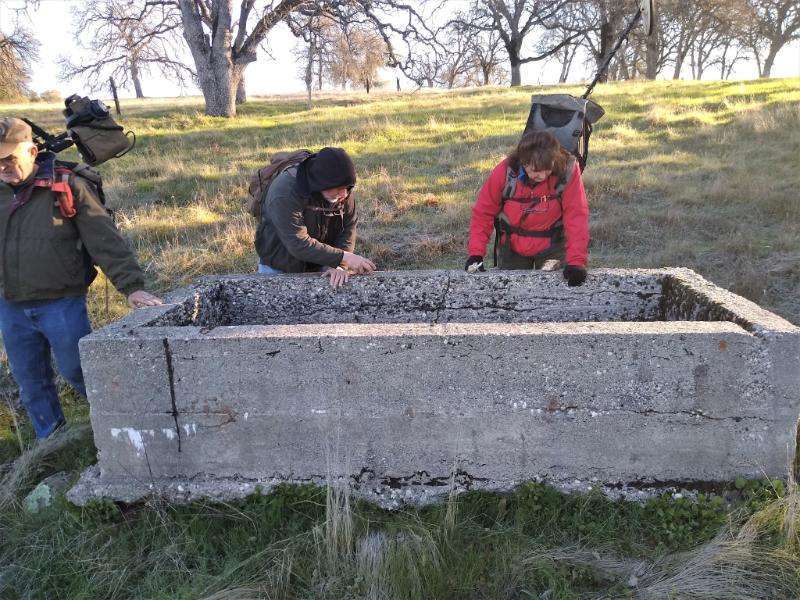
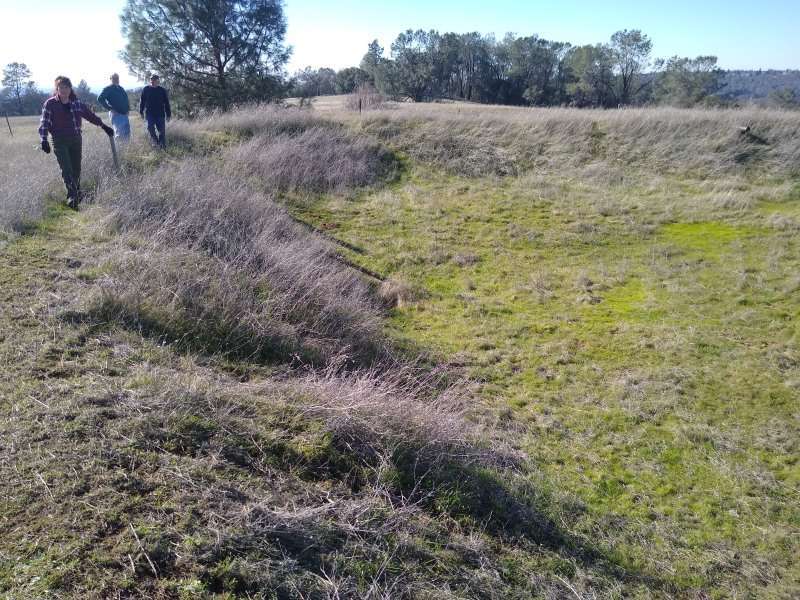
We were after ‘diggings’ anyway so off we went again. This time we found some very old, deep diggings that extended for at least 150 yards, and they went down for maybe 20 feet and 40 feet wide. The problem was that 150 years of erosion and leaf accumulation and decay had buried all of the old works and we couldn’t tell what they were digging and even if they got to bedrock. Was this part of Hogg’s Diggings?
After we left these diggings we also found a quartz vein system running for about 200 yards on the surface and the old-time miners poked here and there on it, with very small prospects and no mining at all. We detected it without any hits.
Prospecting is a challenge and I know all of you have done your share of this and have come up empty handed more than once. It’s very hard to find new locations but you’re not going to find them without the search. We ended the day with knowing about some of the diggings and perhaps where some of the homes of Hogg’s Diggings were – maybe.
Still no gold for us and it’s unknown where these rich deposits are. Maybe some of you know this territory and have had more success that we did. If you have, I would sure like to know it! Writing about not finding gold is a bit different that the many articles that show nice gold finds. I’ve written these articles as well. I’ve found such gold, but after multitudes of prospecting. The life of finding gold shows that, time and again, these prospecting searches don’t come up with the gold we look for. It takes time, effort, determination, the right equipment, and even a bit of luck. Couch potatoes definitely can’t find gold :-).
The deep snows here in the foothills of the Sierra’s has caused us to find new territories. This hunt for Hogg’s Diggings and the Hunt mine isn’t all of this story though! Jack and Jim headed to another area on the lower American River and Cindy and I headed to an upper area, but below the snow level. Just because we were not successful in one venture doesn’t mean we should quit! The old adage of ‘success is failure turned inside out….’ applies to prospecting.

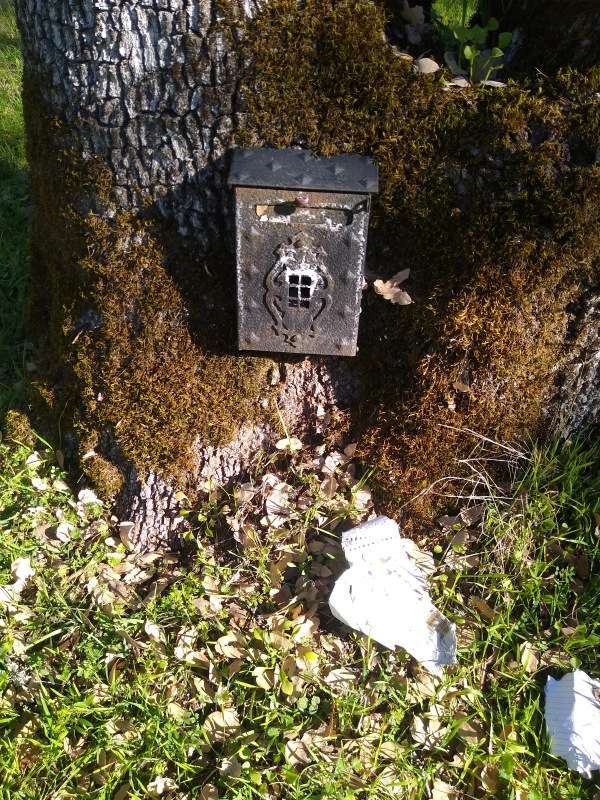

Just a few days later than this hunt we were all at it again. Cindy and I headed down on a long 9-mile round trip hike to the North Fork of the American. Surely we could find some gold! We’ve checked this territory out before but there always seems to be some new, unknown spot that carries. Perhaps wishful thinking.
I think most of you have gone back to spots you’ve been before. I know some excellent detectorists who have returned to old locations and have come up with some nice nuggets. The same with gold panning, sluicing, and sniping. There is always a chance that something was missed!
Cindy and I concentrated on bedrock this time, looking for crevices on some of the steep slopes of the river. Getting down wasn’t easy and the gold – it wasn’t there. Time and again we moved, searched, dug and came up empty handed. It was starting to look bleak. We looked for the drop zones based on the river flows and still no gold.
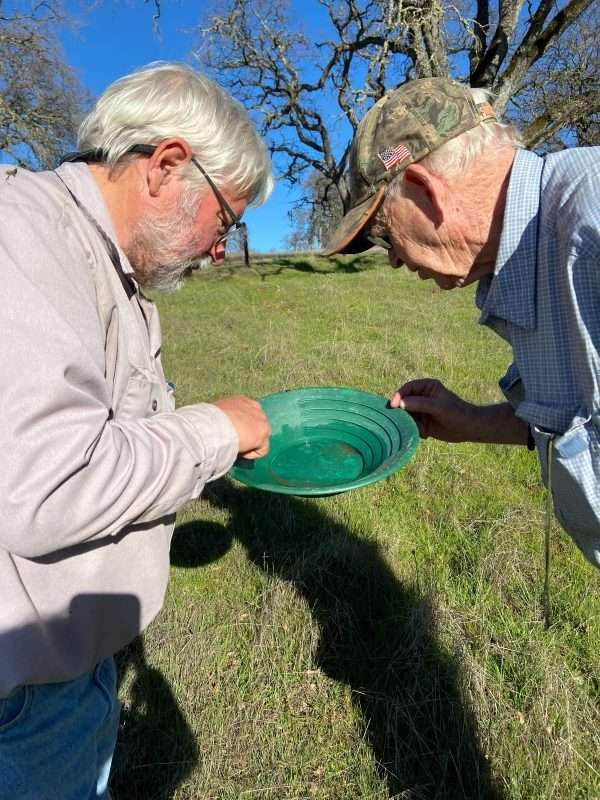
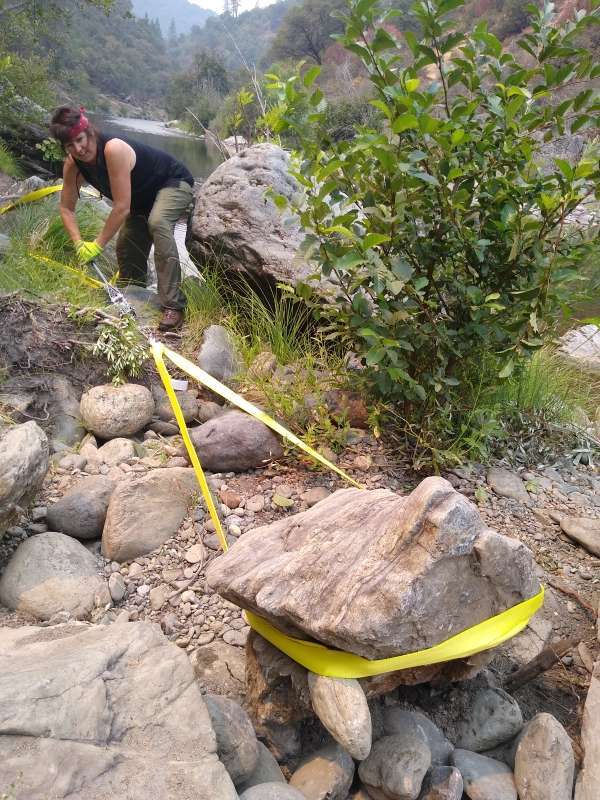
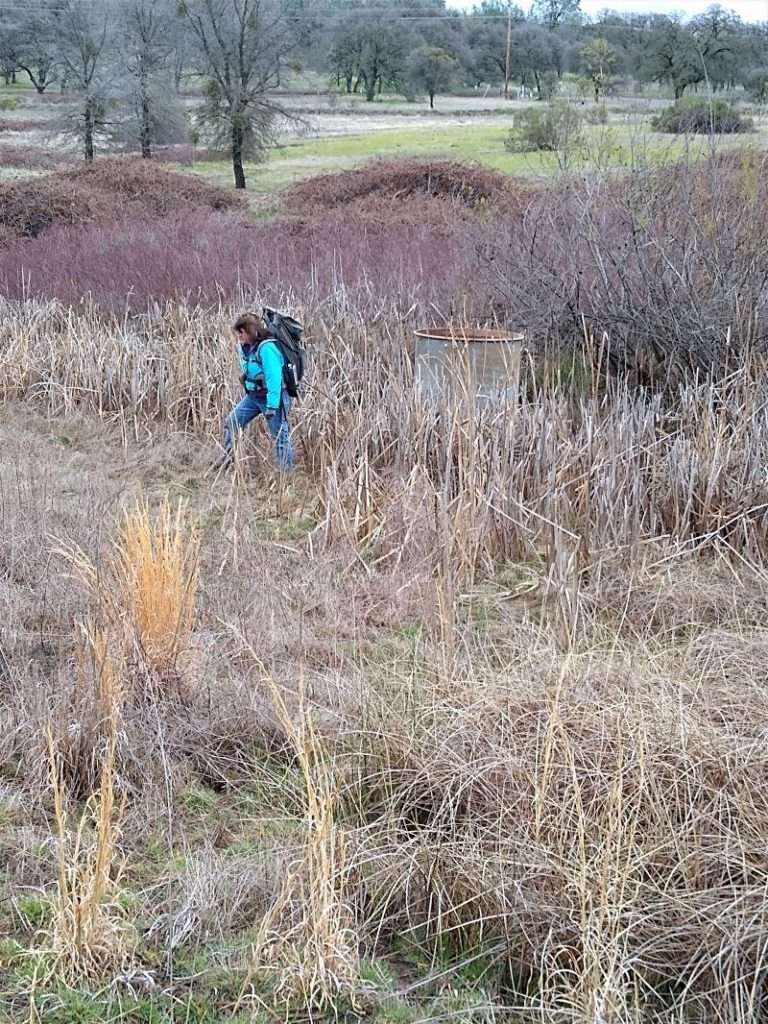
Maybe the gold gremlins were beating us to it? They did at Hogg’s Diggings and now again? By mid-day we were still without color and then it started. A new spot, hidden by an old high bench of gravel and trees, started showing color. At first it was spotty and for the rest of maybe 20 pans it was mostly fine gold, but it was gold. Clock time was running out though and we had a good 2 and ½ hour hike to get out. We found a zone of maybe 100 feet long that showed promise. Lots of bedrock and crevices here and there. A place to come back to for sure!
I might add we came out with flashlights on the last half mile! It’s hard to leave an area when you’re finding color. I weighed my gold after the trip and I had just over ½ pennyweight. Cindy likely had the same. Now that doesn’t sound like a lot of gold but it does show promise and we had very little time there. Yes, we’re going back. I bet you would too.

What does all this say?
“Success is failure turned inside out – the silver tint of the clouds of doubt, and when you never can tell how close you are, it may be near when it seems afar; so stick to the fight when you’re hardest hit – it’s when things seem worst, you must not quit.”
That’s prospecting!
Don
